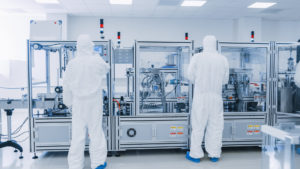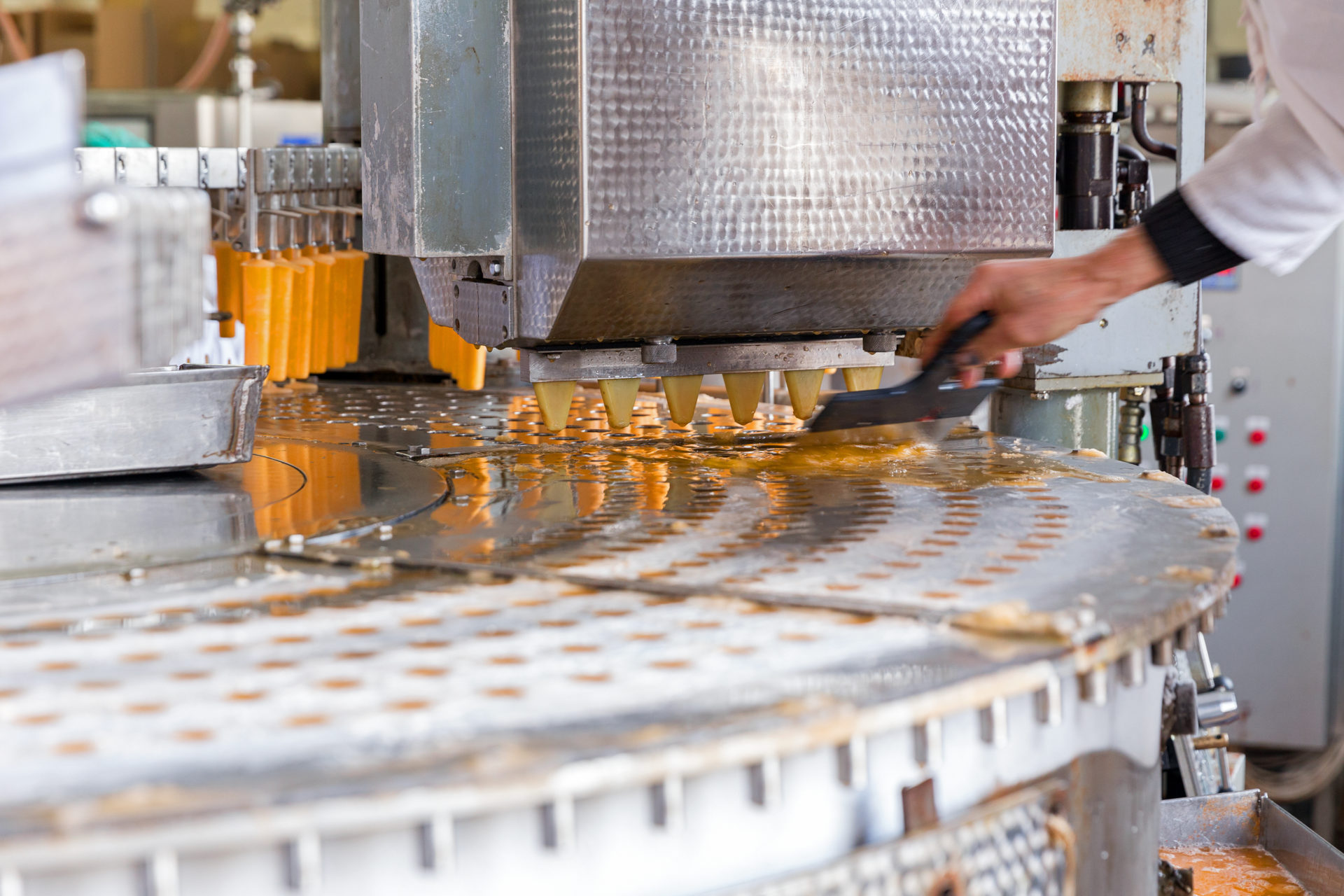Since the 1990’s, we have seen the significant withdrawal of Australia’s capabilities from the manufacturing scene, chasing costs down as margins were squeezed and international competition intensified.
The current crisis, and the shortages we have seen and been unable to directly address, may be leading some to now question the strategic logic in certain areas. Surgical face masks/medical apparel and ventilators are two impacted areas which quickly come to mind.
However, despite these challenges, our country is extremely well placed in other areas:
From a food perspective, we could be fairly self-reliant if the borders were closed for a sustained period as we produce much more than we consume. While we also import food, we export as well, so in general this would not really be an issue;
We have leading edge researchers across a whole range of fields, some of the best in the world (think CSIRO, CSL, IVF, etc). But do we make enough of this smart capability? And do we perhaps outsource the commercialisation of such ideas too quickly?
We also have entrepreneurial, smart people in this country who when faced with the current crisis in their businesses, have quickly identified business options which have kept their staff employed and able to meet demand for some scarce resources. Examples include the gin distillers turning to the production of hand sanitiser, the face mask manufacturer in Shepparton who is ramping up production by 25 fold as well as the Holden Special Vehicles team who (along with others) are offering their 3D printing technology to produce ventilators.
So we have the smarts and the capability to solve some of our challenges in the short term – but not all. But when the current crisis is over, is there a risk that we forget and go back to our old ways?
Perhaps now is the time for entrepreneurial business leaders, as well as providers of risk capital, to champion the resurgence of strategic manufacturing capability in key areas so that our dependence as a country is significantly reduced on other sovereign nations for critical items/capabilities.
However, those industries which make use of technology (rather than masses of people) and rely on a weighting towards a smart workforce could arguably be those which make the most economic sense for us to prioritise. But those sectors also need access to more capital than normal and better educated, smaller workforces than more traditional manufacturing operations. Finding the capital and then finding the right people then becomes the challenge for these businesses.

Whether these opportunities present themselves in medicine/pharmaceutical, health care, hi-tech manufacturing and related/ commercialisation of research, the current crisis has highlighted dangers of being too dependent on others when such a global crisis hits.
As expected in an environment like the one we are experiencing, the response of each nation will naturally be to look to their own first and as a result, those nations that have adequately prepared will be the ones in the best shape to successfully endure and thrive through such challenges.
What are your views? Is now the time to rethink the strategic manufacturing capability of Australia? Leave a comment below.


